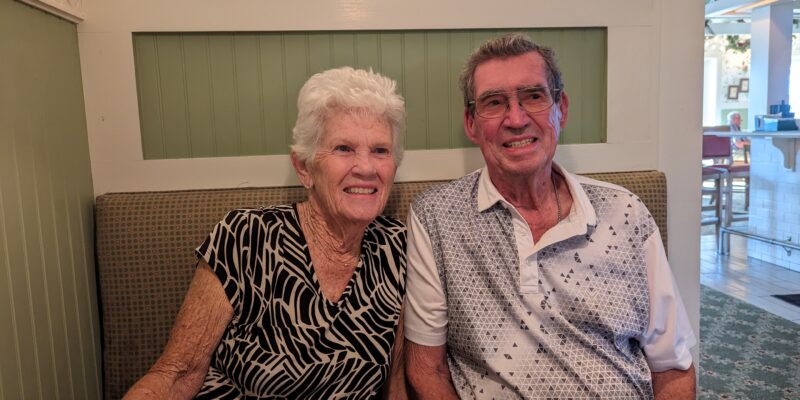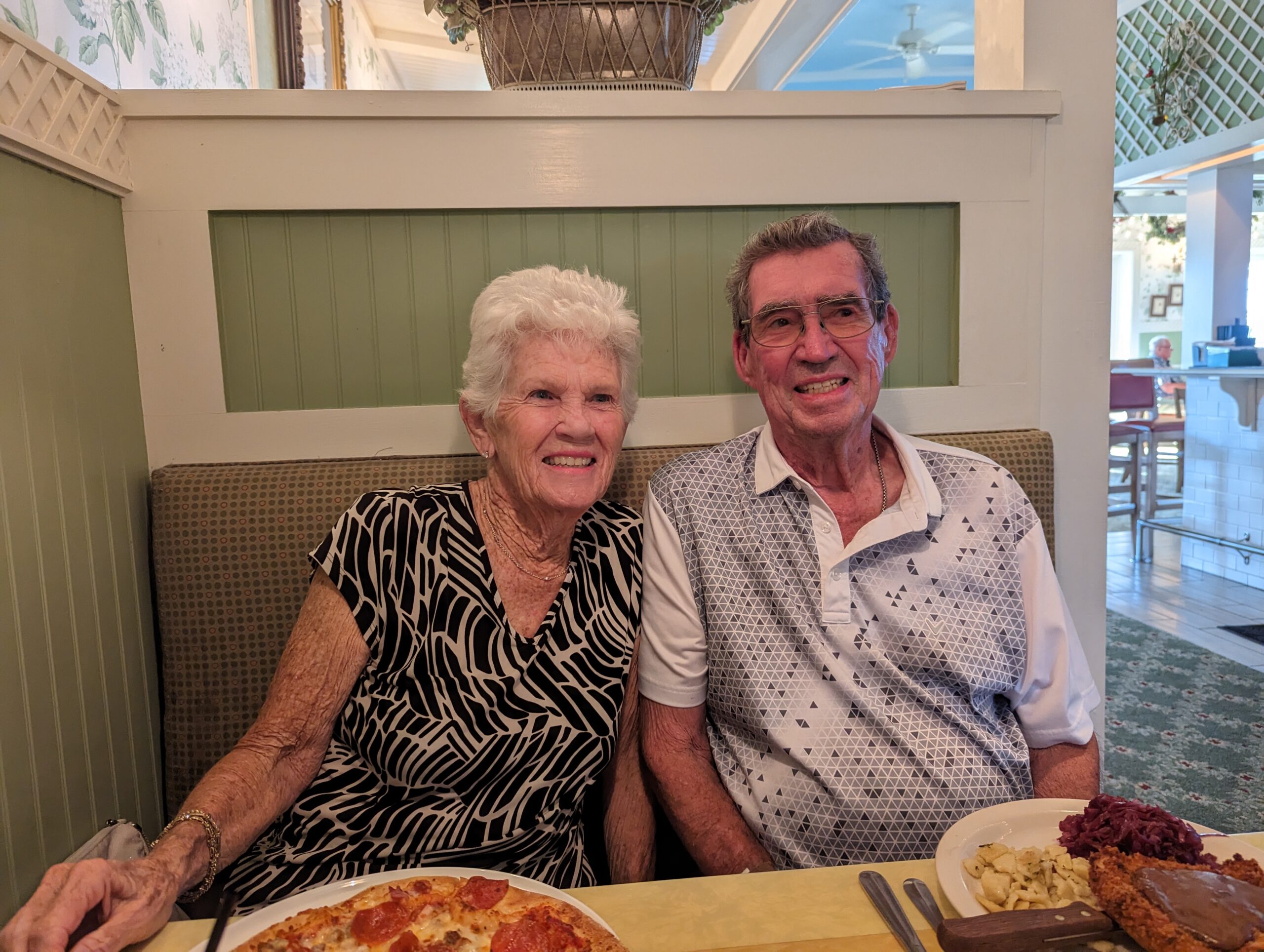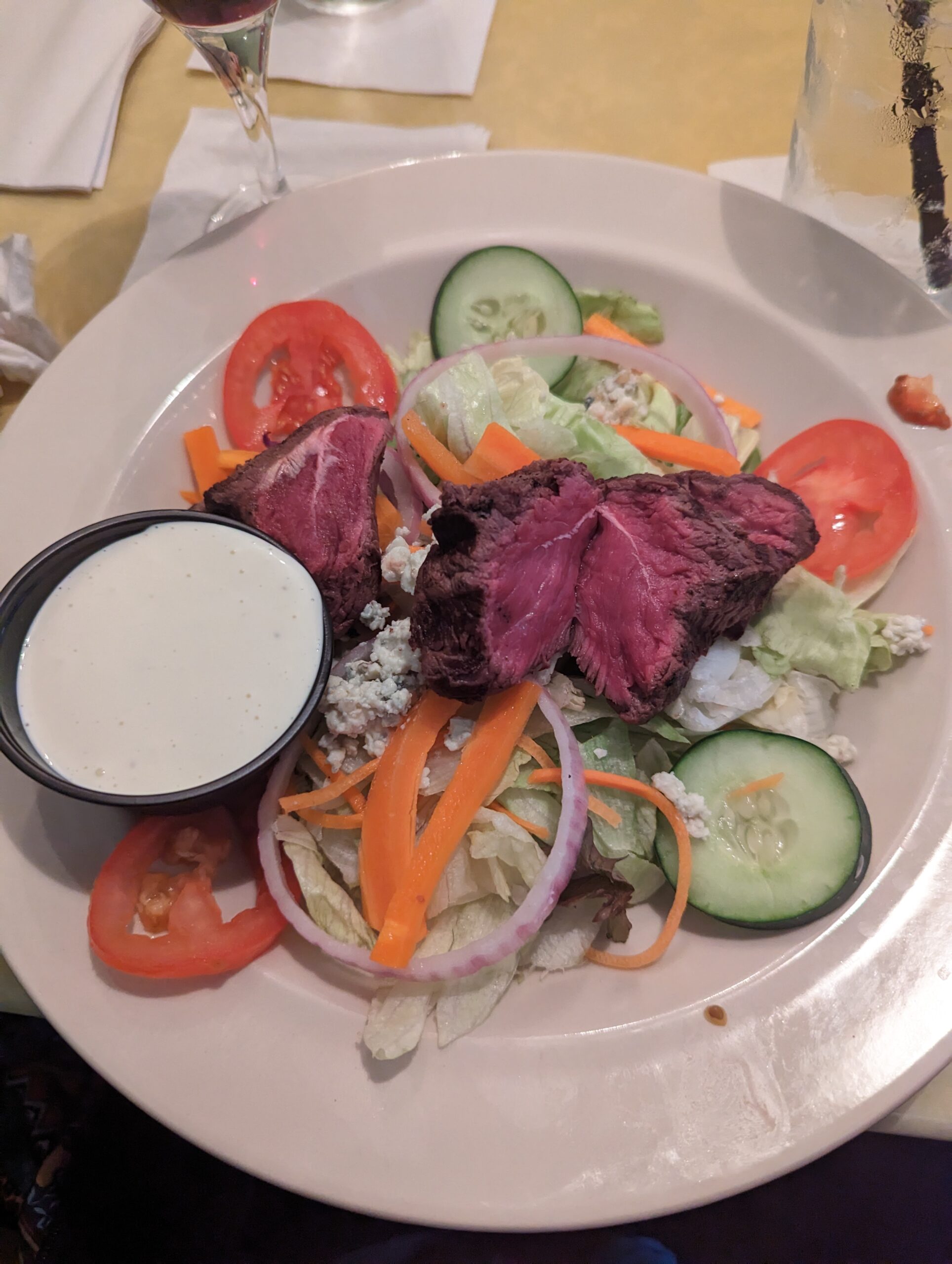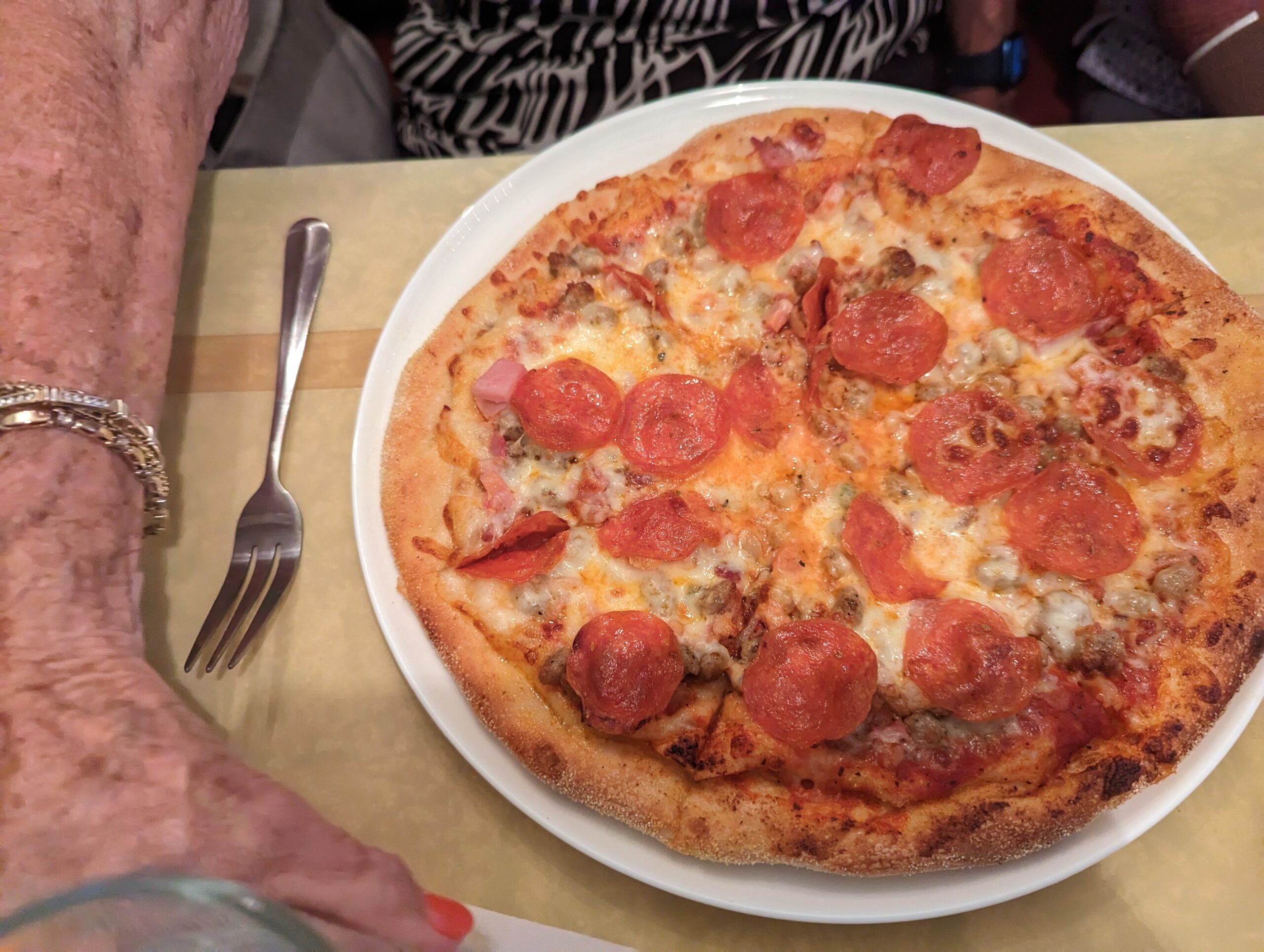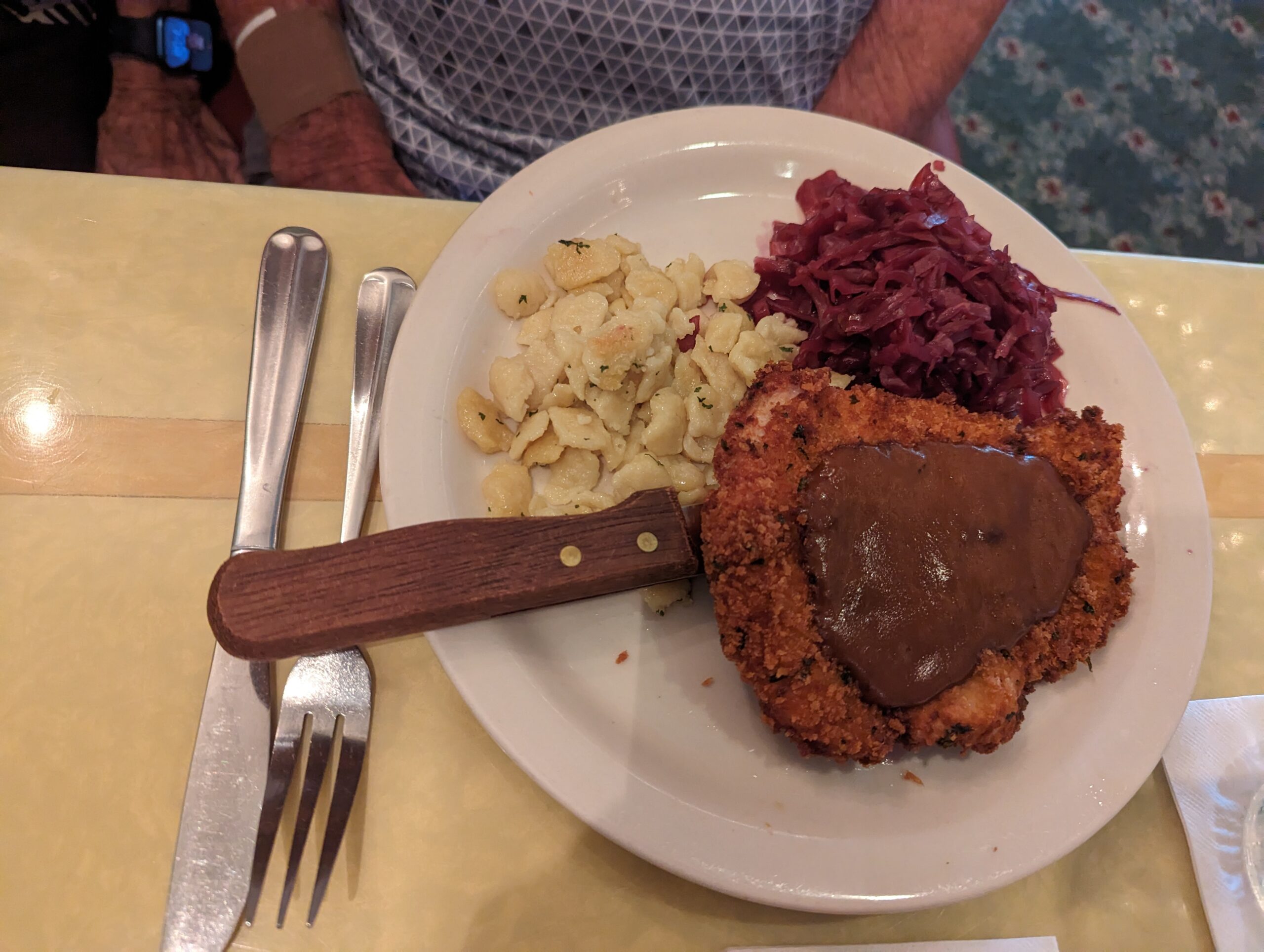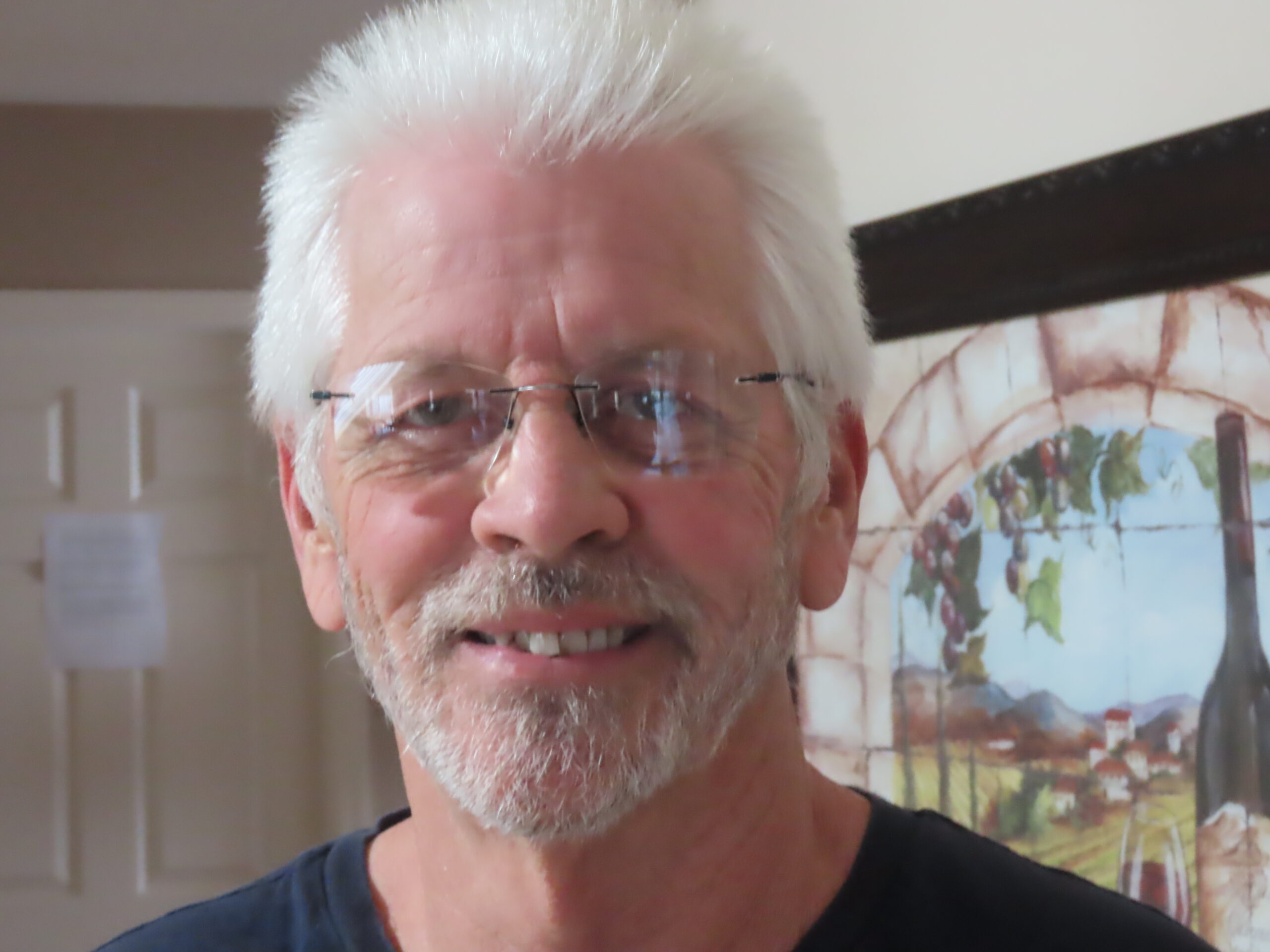
No words can express how excited we were after Tom picked up his hearing aids from Costco and found them working so well. He decided to go with the Philips brand and was thrilled. When he returned from Costco, I couldn’t tell he was wearing them—they are entirely invisible!
They couldn’t be better with the app on his phone to adjust them and the ability to hear incoming and outgoing phone calls. This makes a world of difference to him. But the benefits for me are indescribable. Finally, we can have a conversation without him saying, “What? What? What?”
Often, I’d be in another room and tell or ask him something, and invariably, he’d say, “I can’t hear you!”
You’d think I would have learned and stopped trying to talk to him from another room, but over the years, as his hearing worsened, I didn’t learn. It was frustrating for both of us. General chit-chat was severely impacted when I finally kept my thoughts to myself. Not that he prefers to hear every thought that pops into my mind! I will be considerate and not over-talk.
Many people, especially seniors, have hearing loss for various reasons. Tom’s case was hereditary, with many family members wearing hearing aids at young ages. Still, it was mainly due to working for 42½ years on the railroad with constant blaring noises, including the whistle on the locomotive, the steady sound of the diesel motor, and retarders used to slow down the train cars, often earsplitting. Nothing was soundproofed.
When Tom worked on the railroad, ear protection wasn’t required until the late 90s. By then, the damage had been done. Here are some facts about hearing aids.

Hearing aids are essential devices for individuals with hearing impairments. Here are some key statistics and information about hearing aids:
- Prevalence of Hearing Loss:
- Approximately 15% of American adults (37.5 million) aged 18 and over report some trouble hearing.
- About 2-3 out of every 1,000 children in the U.S. are born with a detectable level of hearing loss in one or both ears.
- Hearing Aid Usage:
- Around 28.8 million U.S. adults could benefit from using hearing aids.
- Despite this, only about 30% of adults aged 70 and older who could benefit from hearing aids have ever used them.
- Among adults aged 20 to 69, the percentage drops to about 16%.
- Technology and Types:
- Hearing aids come in various types, including Behind-the-Ear (BTE), In-the-Ear (ITE), and In-the-Canal (ITC) models.
- Modern hearing aids use digital technology to process sound, which allows for more precise amplification and noise reduction.
- Market and Costs:
- The global hearing aids market size was valued at USD 9.5 billion in 2021 and is expected to grow significantly in the coming years.
- Hearing aids can be expensive, ranging from $1,000 to $6,000 per device. However, the introduction of over-the-counter (OTC) hearing aids is expected to make them more affordable and accessible.
- User Satisfaction:
- User satisfaction with hearing aids is generally high, and many users report improved communication and quality of life.
- Factors contributing to satisfaction include the degree of hearing loss, the quality of the hearing aid fitting, and ongoing support from audiologists.
- Barriers to Adopting the Use of Hearing Aids:
- Common barriers to hearing aid adoption include the high cost, social stigma, and a lack of awareness about the benefits and advancements in hearing aid technology.
These statistics highlight the importance of hearing aids for those with hearing impairments and the need for increased accessibility and awareness.
As for the process Tom went through to be fitted for hearing aids at Costco, which may differ from other facilities:
- Make an appointment online or over the phone at your local Costco store.
- During the month before the appointment, have your ears checked for wax build-up at Costco’s hearing aid department. No appointment is necessary.
- Return to the store for your scheduled appointment for a hearing test, fitting, and selection of brand and style. As shown above, Tom selected the Philips brand for $100 less than the other. However, he didn’t choose it for the lower cost; instead, he chose it for its ability to be hidden in and behind the ear. At this point, you’ll pay for the hearing aids in full, which will be approximately $1600. We used Costco shop cards and coupons for this price, saving about $200.
- Return after a new appointment is made for the final fitting, instructions, and app instructions. Bring your phone so the app can be installed and activated on your smartphone.
- Return a few weeks later for a final check to ensure everything works well.
All of the above appointments are included in the total cost. Tom was delighted with the service and the process, and now, much to his delight, he can listen to his podcasts and the streamed shows without using a portable Bluetooth speaker. Plus, conversations with family members and friends will be easy to hear going forward.
Be well.
Photo from ten years ago today, August 6, 2014:



